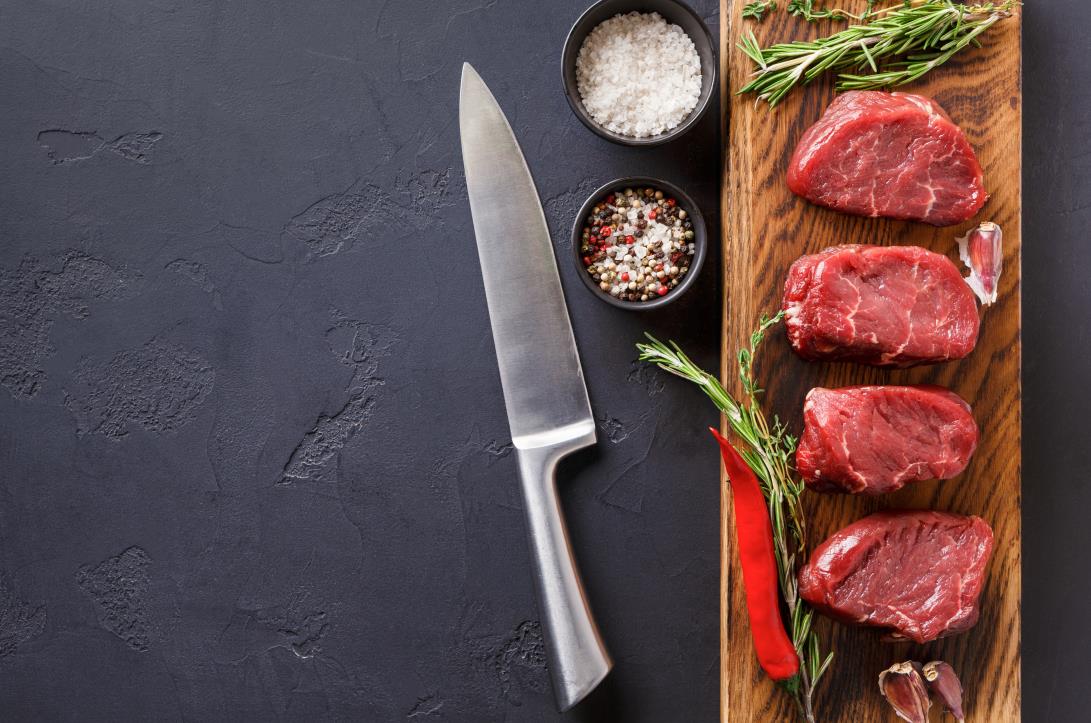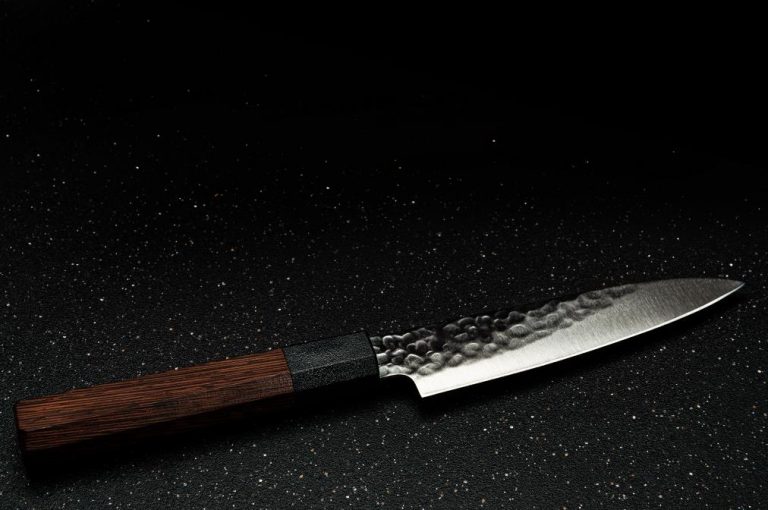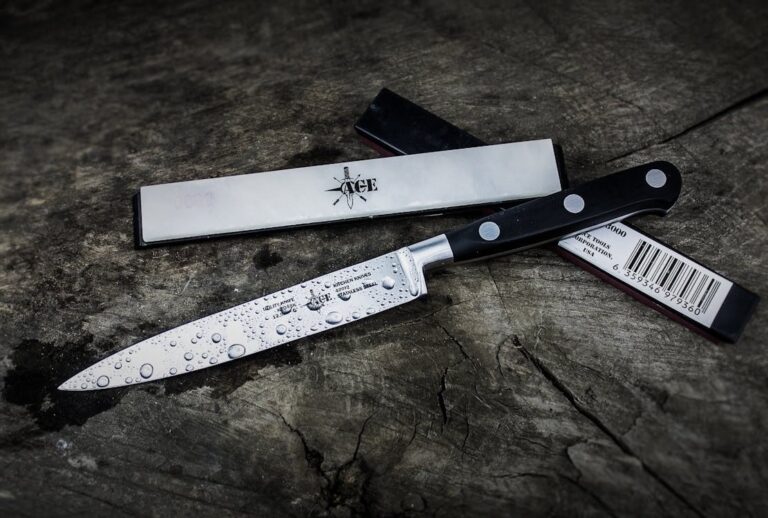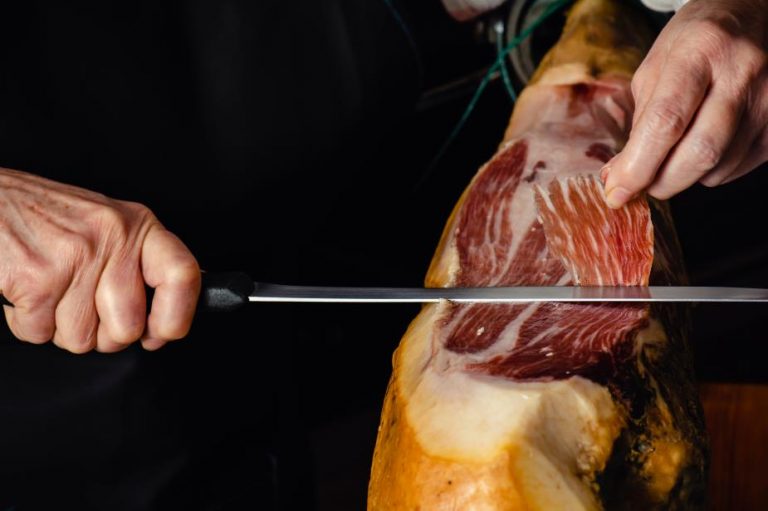The knife tang is an important component that connects the knife. It’s the metal structure that extends into the handle of the knife from the blade. There are several types of tang depending on the use, its construction, and how it’s integrated into the handle.
Partial tang and full tang are the most common types. To make, supply, or choose knives with the best types of tang, you’ll discover everything in this article.
What is a knife tang?
The knife tang is the steel part of the knife after the blade that extends into the handle. The tang can be full, stop halfway, or have a unique design. As such, there are different types of tang: full, skeletonized, semi, narrowing tang, and more.
The function of the tang
The main function of the tang is to make the connection between the blade and the handle, making the knife more steady as a whole.
The longer and wider the tang is, the sturdier the knife will be. Full tang knives are the most durable because they have more steel in a single structure. The chance of breakage with full tang knives are low.
If the customer uses their knives more for heavy-duty work it is best to go full tang. While partial tang provides convenience and light in weight, as well as the choice to replace handles at any time.
What is full tang knife?
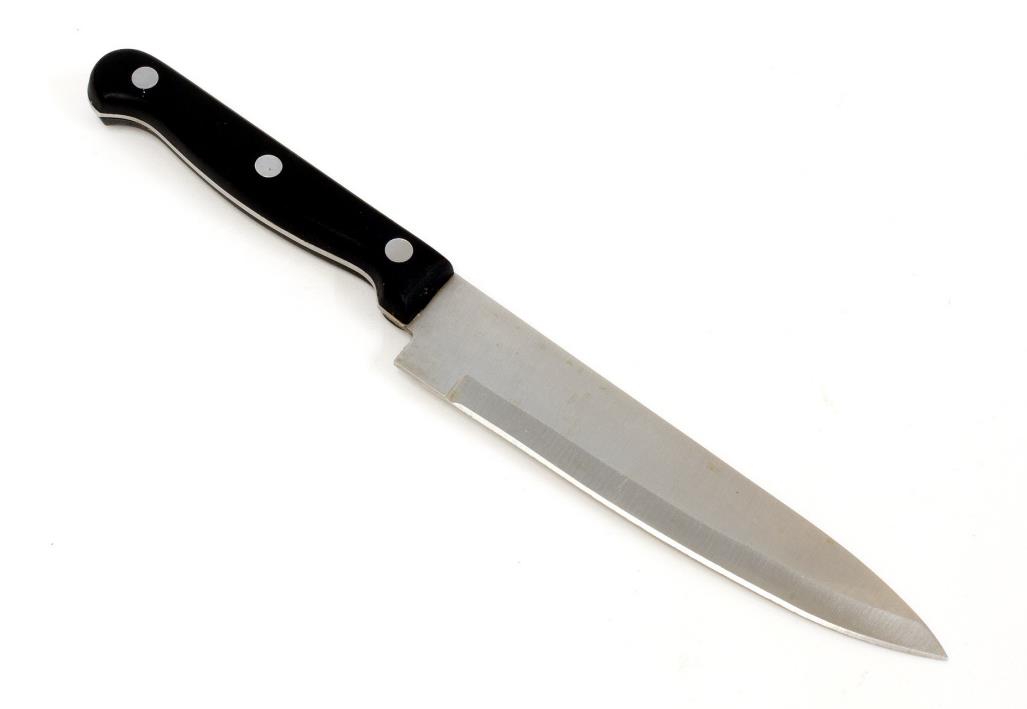
A full tang knife has a blade that extends into the gripping portion of the knife. This type of knife is also known as a one-piece knife because the same steel used for the blade runs through to the butt. Thus, it’s possible to use it without a handle.
However, the presence of a handle is preferable for reasons of comfort and safety.
Uses of the full tang knife
A full tang knife is an excellent knife used at home and outdoors. In a tough environment, full tang knives can be more reliable and robust.
Buy Wholesale Knives and Start Scaling up with Us Today
Contact us and connect with a sales rep to get a free quote.
Advantages and disadvantages of full tang knife
The main advantage of a full tang knife is its solidity. The durability and sturdiness of the full tang knife make it versatile. Full tang knives can therefore be used in all circumstances, at home in the kitchen and outdoors for survival.
Compared to the partial tang knife, the full tang knife has a fixed blade which ensures its stability. There is minimal risk that the full tang knife will bend in the event of heavy work that tests the blade to its limit.
These benefits make the full tang a survival knife that’s best used in the wilderness. When it comes to reliability, cutting efficiency, and safety, it doesn’t get any better than full tang.
However, the main downside of a full-tang knife is its weight. For the user, this can be a problem when working with the knife for long hours.
And for a knife dealer, this can add to your shipping fees during transport and supply. Therefore, for transportability, partial tang knives are preferable to full tang knives.
What is partial tang?
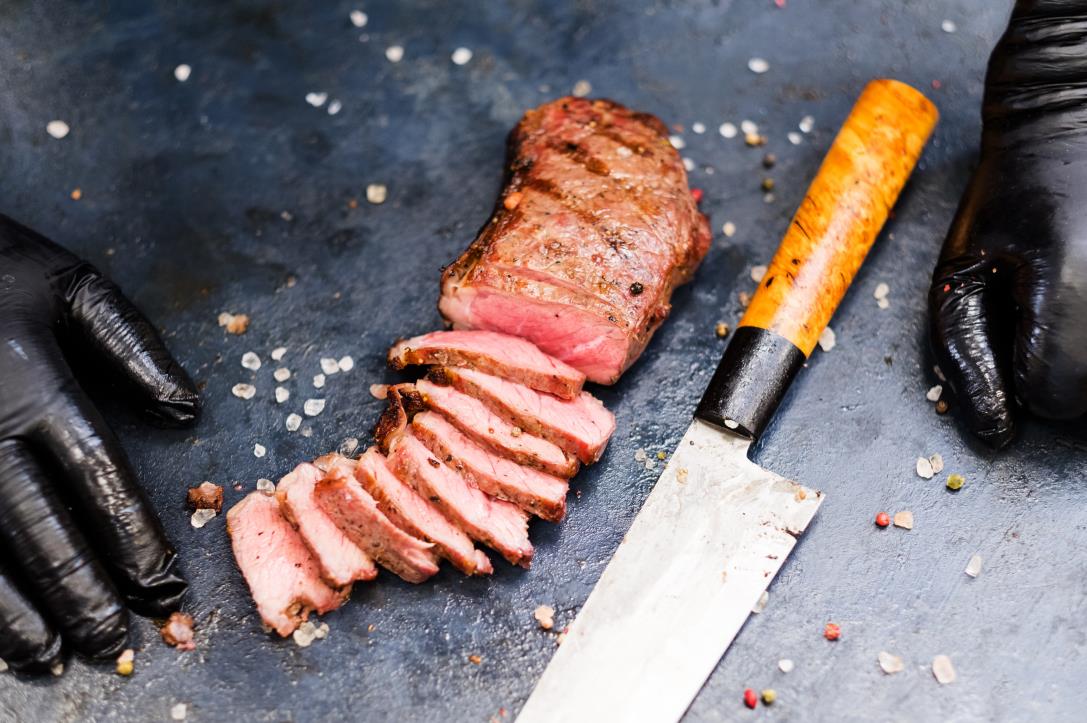
A knife has a partial tang when the blade structure extends partly into the handle. A partial tang is a tang that stops halfway into the handle.
Types of partial tang
There are many variations to a partial tang. Folding knives are also considered a type of partial knife.
A half tang extends up to the middle of the knife handle. A three-quarter tang, as the name suggests, extends up to 3/4 part of the grip. Some half tangs are only glued or welded to the handle, while other models have at least one drilled hole for the riveting handle.
Due to the smaller surface and therefore less area connected to the handle, a half tang is not as stable. Consequently, the half tang knife is suitable for light to medium cutting work.
As for the push tang, this refers to the technique used in making the knife. The blade and the extending tang are pushed into the handle.
Other common types of tangs
A knife with a hidden full tang construction is a variant of the classic full tang, except that this tang is “concealed” and not as full as the classic one. The tang doesn’t extend completely to the edges of the handle and the butt. It is completely enclosed in the wood, plastic, or metal grip.
At the same time, such a tang still counts as a full-tang construction since it runs continuously through the entire grip. Knives with this construction are a mix of the partial and full tang. They are lighter and usually relatively inexpensive than the full tang. However, hidden tang knives are less robust and resistant and can break more quickly under heavy use.
Narrowing/tapered tang
A narrowing tang or tapered tang knife construction basically means the same thing. The tang is fuller from the end of the blade and tapers towards the end of the handle. What this means is that a tapered tang runs through the entire handle.
This construction is used in various knives with light to medium use.
Stick tang/rat tail tang
The stick tang or rat-tail tang is another tang or knife construction that runs through the entire handle, but the tang is relatively thinner, hence the name stick/rat tail. The tang does not taper towards the end of the grip. So, it’s more of a hidden full tang.
However, this tang is not forged flat but round like a piece of branch or a rat’s tail.
Comparison Table: Full Tang vs. Partial Tang
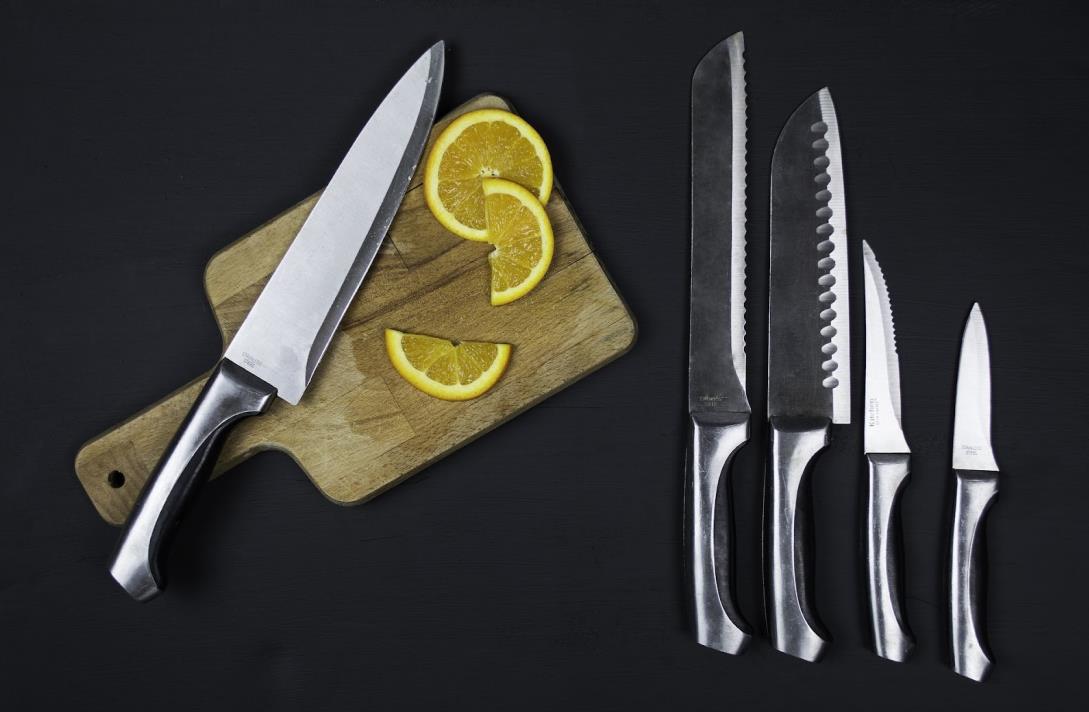
In the comparison table below, you’ll find the features, pros, and cons of a full tang and partial tang knife.
| Full Tang | Partial Tang | |
| Features | The tang runs through entire handle Metal edge of the tang is visible More metal is used | Tang stops halfway Held with rivets, epoxy or molded with handle |
| Pros | Suitable for heavy-duty and extreme use Good weight distribution for better balance | Light in weight and easier to transport More comfortable to use Sold for a lower price More versatile |
| Cons | It’s heavier More expensive | It’s not as strong and durable Not suitable for heavy-duty applications |
Which one do customers prefer?
Full-tang knives are the most common in Western knives. You can tell by checking the kind of tang your kitchen knife sets have.
The popularity of the full tang knife compared to other knives is explained by the fact that they’re more reliable. It has therefore made its place in the world of cutlery and survival weaponry. While partial tang models were at disadvantage due to the fragility of the tang. Full tang knives, therefore, seem to be the best solution for customers.
But the type of knife preferred by customers is also determined by the user’s needs. A full tang knife is the ultimate choice of survivalists. Also, it’s the most common type of knife used by chefs and cooks in home kitchens and hospitality businesses such as restaurants.
Partial tang knives are also often used in Japanese cutlery. Some small partial tang knives, such as folding or pocket knives, are also preferred by fishers, woodcarvers, and those who want a small weapon for self-defense.
Should you choose to sell full tang kitchen knives?
All in all, we prefer full tang knives over half tang types. It is more marketable and favored among customers. Knives with full tang construction are the most in-demand right now.
Yes, it’s more expensive, but no one wants to buy a knife set twice a year. Full tang knives are quite versatile and are the most used even in the kitchen. If you are not looking to take stock of all types of knives, It’s better sell the full tangs.
Popular full tang kitchen knife products
HENCKELS Statement Kitchen Knife Set
This knife set is one of the most popular full tang kitchen knives. It’s a 15-piece set that includes a chef knife, steak knife, knife sharpener, and more. Unlike other full tang knives, this model is rather lightweight and ensures optimal maneuverability during use.
The Wüsthof Ikon is an 8-inch full tang knife used by home cooks and professionals. The blade is forged from high carbon steel with 58 Rockwell hardness, and the handle is made from African blackwood. To ensure that each piece is recognizable, Wüsthof knives are marked with a famous trident on the blade.
To ensure the strength and durability of their blades, they are forged from a single piece of specially hardened, high-carbon steel. And before they’re shipped to you, the knives are precision ground for a razor-sharp blade and unrivaled cutting power.
Tojiro uses a VG 10 steel in the making of this santoku knife. It is an excellent steel produced by a Japanese steelmaker that revolutionized the world of cutting.
Star restaurant chefs highly appreciate the knife for its cut and the ergonomics of its handles. They are designed for star chefs and lovers of fine cuts and beautiful kitchen knives.
Conclusion
The type of knife preferred by customers is determined by their needs but full tangs make up most of the demand in the market. Also, it’s the most common type of knife used by chefs and cooks in home kitchens and hospitality businesses such as restaurants.
Thankfully, at LeeKnives, you can have the best quality knives including full-tang and partial tang knives supplied to your business or customers. So, contact us to ask for a quote or more enquires.
